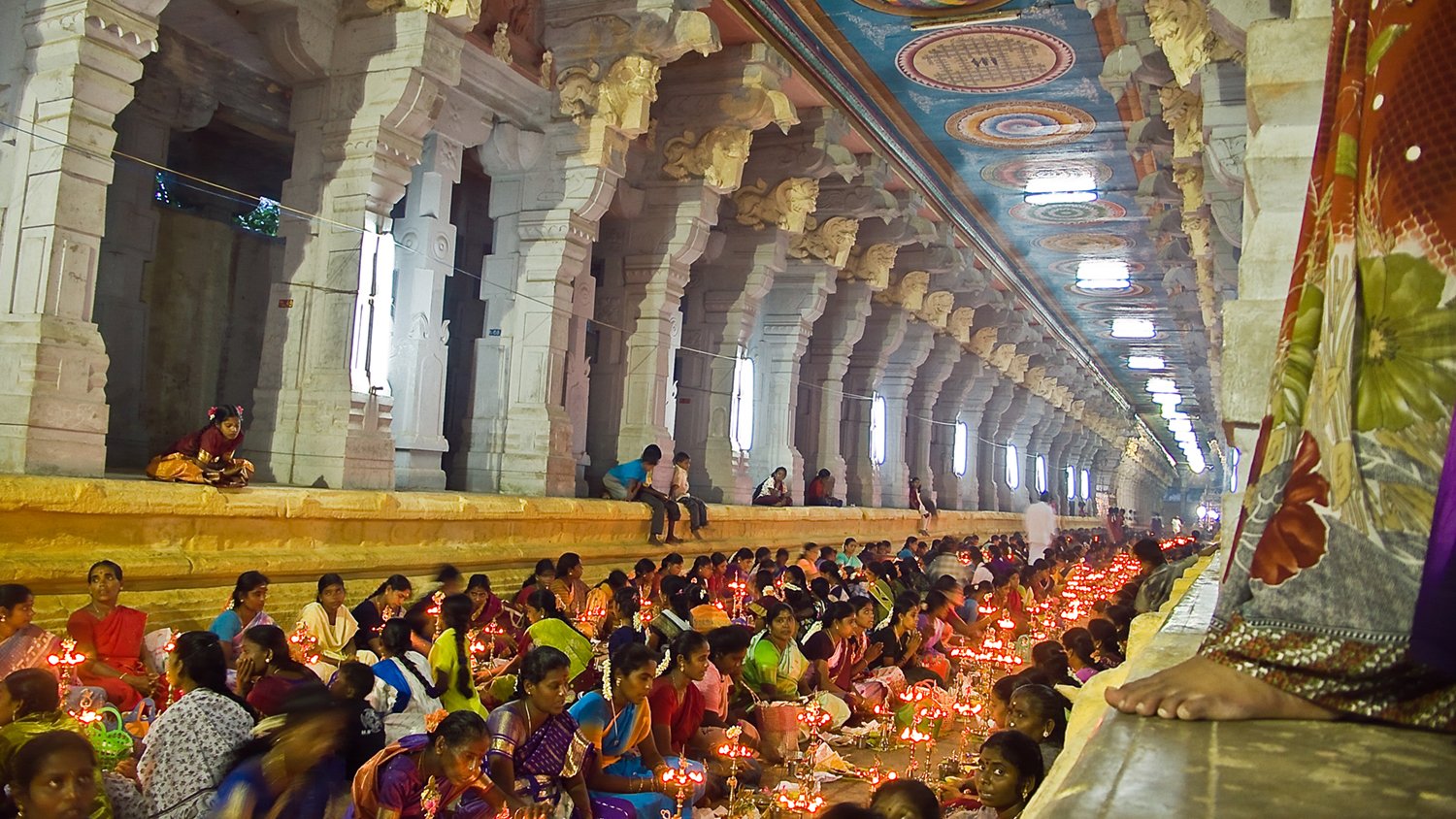
Coromandel Coast
The Coromandel Coast, spanning from Central Orissa to the Cauvery Delta in Tamil Nadu, got its name from the Dutch. They couldn't pronounce "Karimanal," a fishing village where they stopped for water, so they changed the "K" to a "C" and added a "D" to create "Coromandel."
Historical Significance
The Coromandel Coast, extending from Central Orissa to the Cauvery Delta in Tamil Nadu, boasts a rich historical legacy. Named by the Dutch who anglicized "Karimanal," this coastal region served as a pivotal hub for international trade, with various civilizations, including Romans, Arabs, Dutch, Portuguese, French, and English, making their mark through its many ports. In 1639, the English established Fort St George in Madras (Chennai), further cementing the area's importance in the annals of maritime history.
Cultural Exports
Beyond its role in trade, the Coromandel Coast has also played a significant part in cultural exchanges. It served as a cradle for the dissemination of Buddhism and Hinduism to far-flung lands such as Sri Lanka, Laos, Cambodia, and Bali. This cultural diffusion is a testament to the region's enduring influence on the spiritual and cultural tapestry of Southeast Asia, making it a fascinating destination for those interested in both history and spirituality.

Things to do
-

Go surfing in Magnificent Manappad
A hidden coastal hamlet in SE Tamil Nadu whose unique coastline make it one of the best natural surfing spots in India and whose shores were blessed by none other than Francis Xavier – the Catholic missionary whose embalmed body is now in Goa’s Basilica of Bom Jesus.
-

A touch of France
As Pondicherry capitalises on its French connection, spend a few days in this fast-emerging art-savvy cultural capital of India, before heading south to Tranquebar where the ruins of a historic oddity, the Danish fort, will not leave you gasping for breath as Tranquebar has one of the highest concentrations of ozone in the world.
-

The Pilgrim’s Progress
Whether you're a pilgrim or not, the Temple at Rameshwaram will make your trip worthwhile. Dedicated to Lord Shiva it's one of a kind where a God worshipped another. On a good day, its colourful thousand pillared Hall is packed with devotees each carrying an oil lamp and a tray full of offerings waiting to pay obeisance to their lord.
-

Lend a hand in paddy farming
One of the oldest traditions of the ‘Rice Bowl of India’ is the method of agriculture undertaken to grow rice largely with manual labour, even today when mechanical production is taking over the country.








